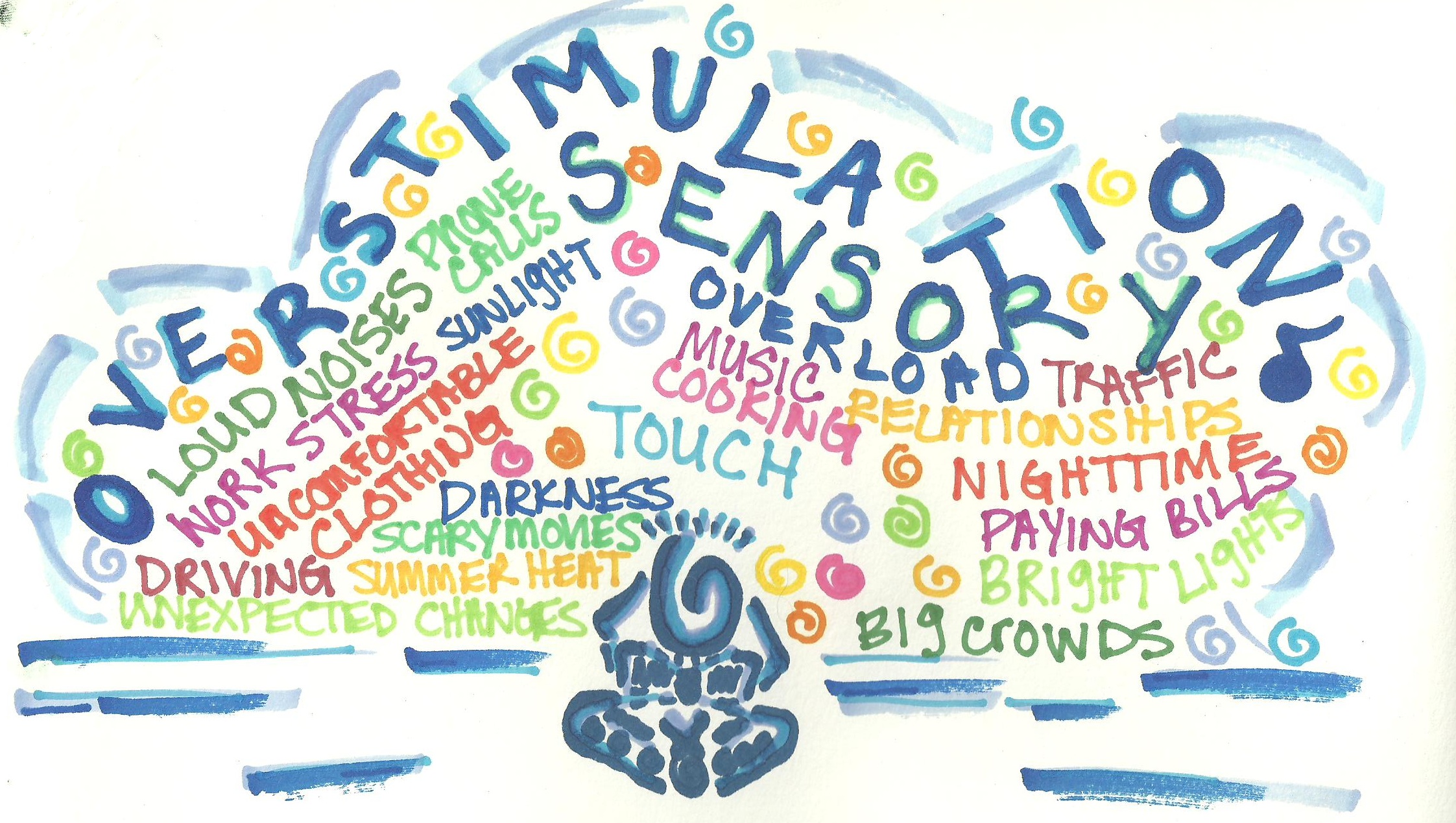Sensory processing disorder is an impairment in detecting, modulating, or responding to sensory stimuli. In other words, the nervous system (brain, spinal cord, and nerves) are not working properly. Misalignments of the spine, called subluxations, can cause this malfunction in how the brain interprets the sensory intake.
While the Diagnostic and Statistical Manual of Mental Disorders (DSM) does not include SPD as a stand alone disorder, many therapists and parents are exploring its significant effects on adolescents. For any parent dealing with a sensory sensitive child, the idea of chiropractic care can seem unfathomable. A parent may wonder how a child who can hardly bare to be touched could tolerate a chiropractic adjustment, and yet chiropractic is the least invasive and considered by far the most effective.
Regular chiropractic care has been shown to improve the child’s ability to process their senses. Children with SPD are in a chronic state of fight or flight – a physiological reaction to perceived harm.
The Journal of Pediatric Maternal and Family Health reports that chiropractic care improves sensory processing disorder (volume 2012, issue 4, pages 99-108) and hundreds of case studies support its claims. Not all children react the same to sensory integration issues. For some children their nervous system is under active, and for others it may be over reactive. Some children experience a mix of both extremes, but this is often the body’s response to spinal misalignment and can easily be improved under chiropractic care.
Our minds and bodies are incredible, and when functioning properly, we interpret thousands of messages through the nervous system every second. When that system is out of balance, it’s easy to imagine that the messages can get distorted.
To learn more about sensory processing disorder and what can be done to improve it, please visit:



 She’s a Mom, has Doctorate in Chiropractic and loves helping people move from pain back to a healthy and active lifestyle.
She’s a Mom, has Doctorate in Chiropractic and loves helping people move from pain back to a healthy and active lifestyle.